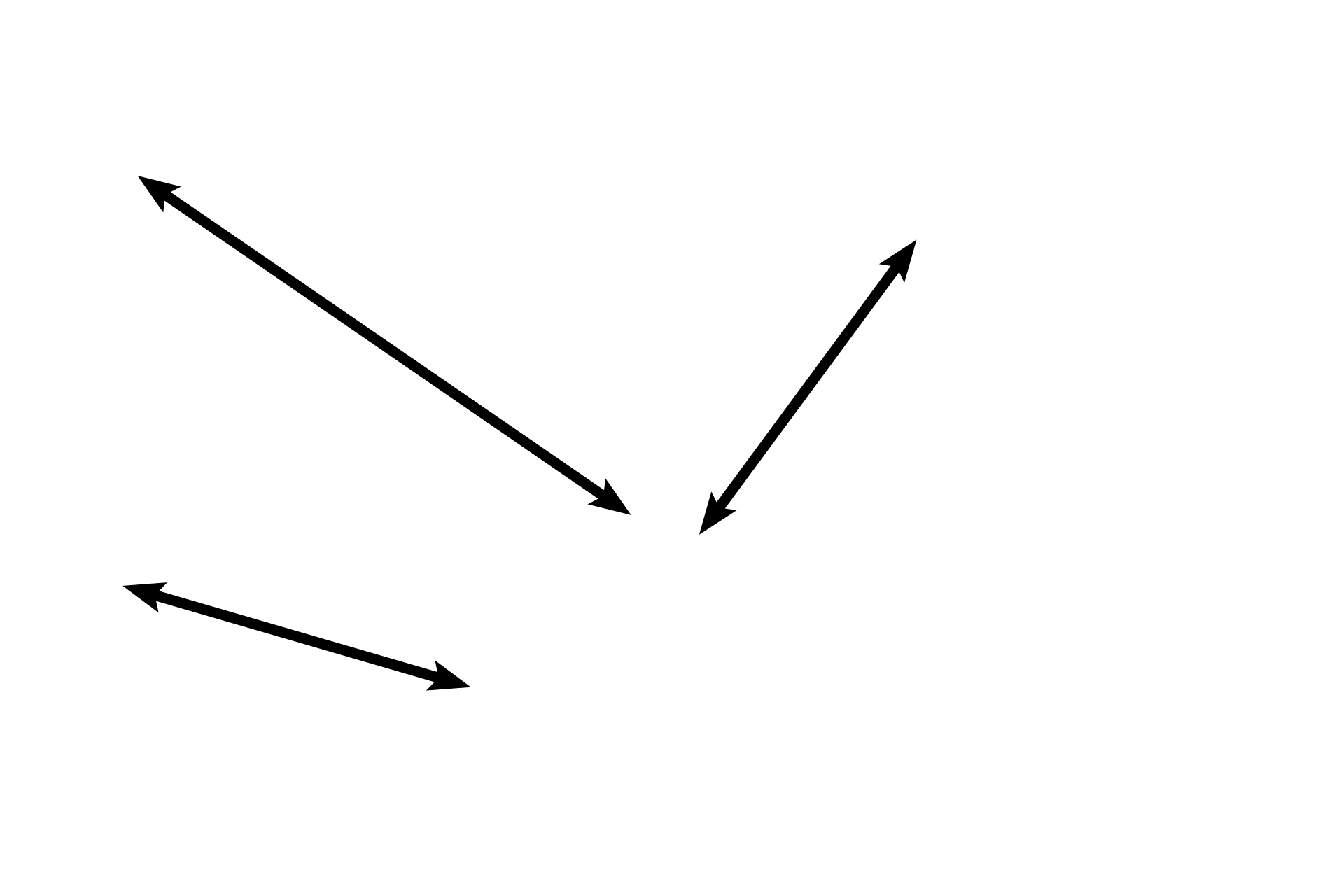
Oviduct: ampulla
At ovulation the secondary oocyte enters the infundibulum, a funnel-shaped region of the oviduct opening into the peritoneal space adjacent to the ovary; the infundibulum possesses fimbria, finger-like projections that envelope the ovary for uptake of the secondary oocyte. From the infundibulum, the oocyte enters the ampulla, shown here. 100x.

Mucosa >
The lumen of the ampulla is subdivided by branching mucosal folds. No muscularis mucosae is present in the mucosa, so a connective tissue layer composed of lamina propria and submucosa extends between the epithelium and the muscularis externa. The boundary line between the connective tissue and muscular layers is difficult to distinguish, especially at this magnification.

Muscularis externa
The lumen of the ampulla is subdivided by branching mucosal folds. No muscularis mucosae is present in the mucosa, so a connective tissue layer composed of lamina propria and submucosa extends between the epithelium and the muscularis externa. The boundary line between the connective tissue and muscular layers is difficult to distinguish, especially at this magnification.